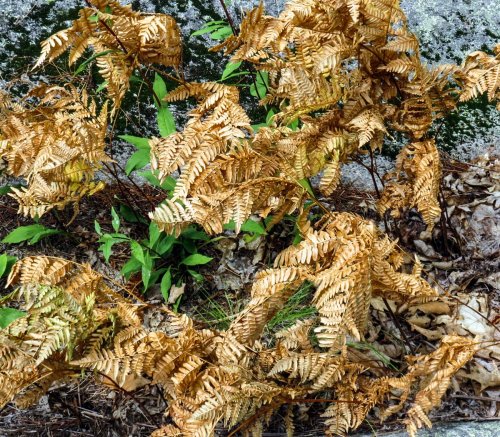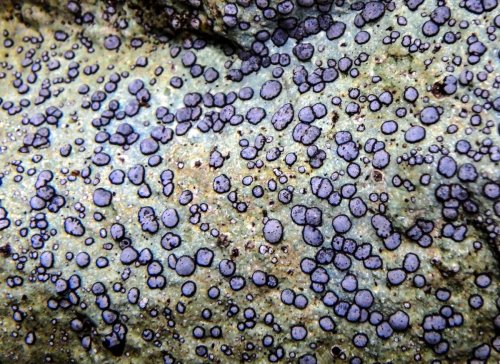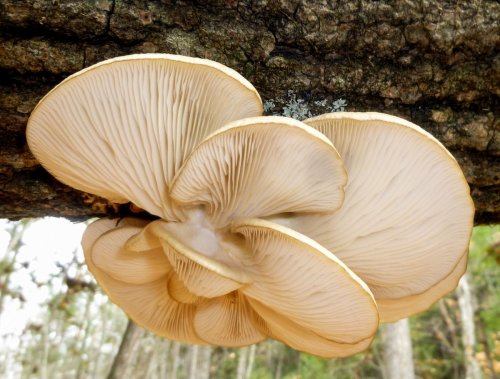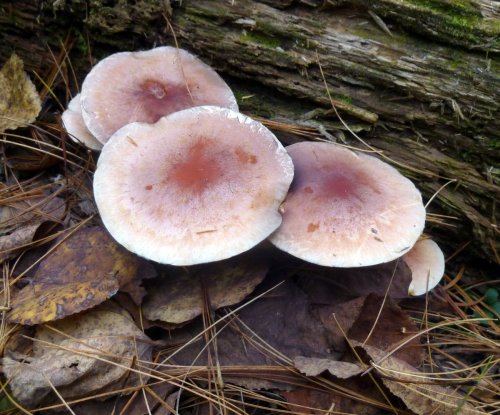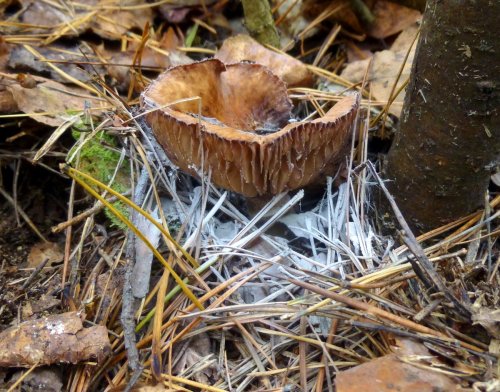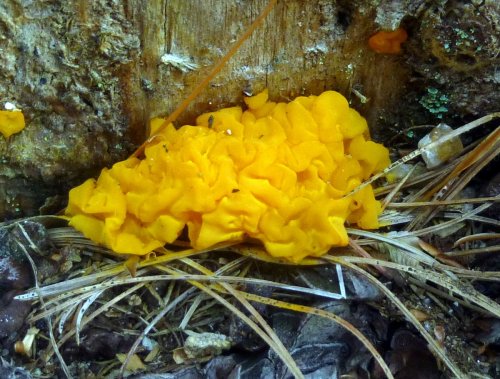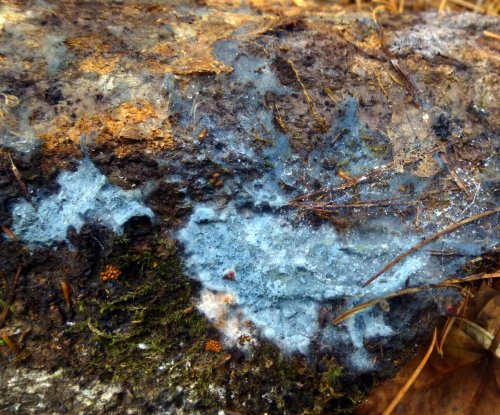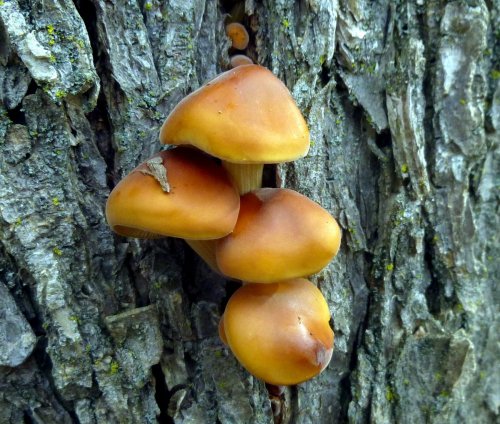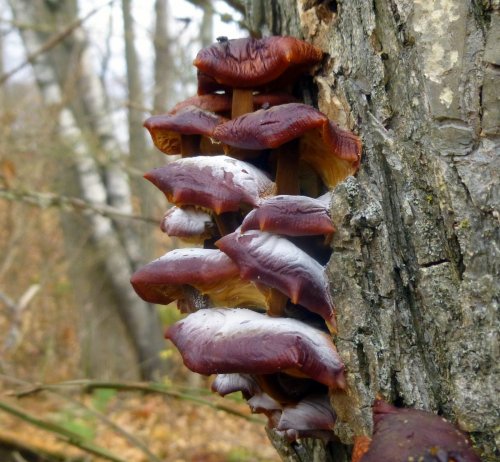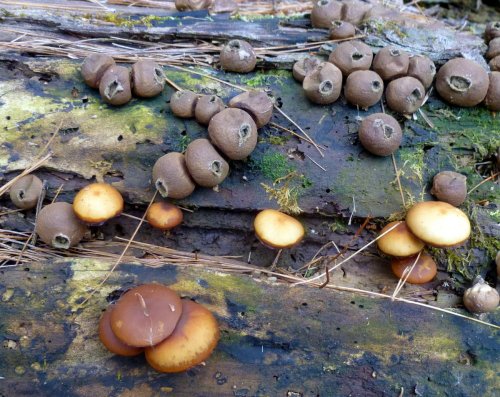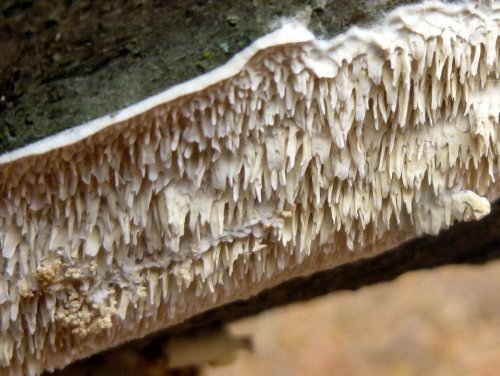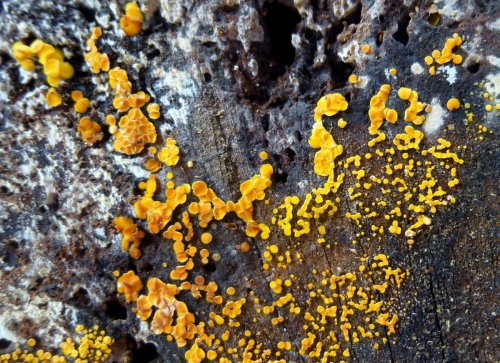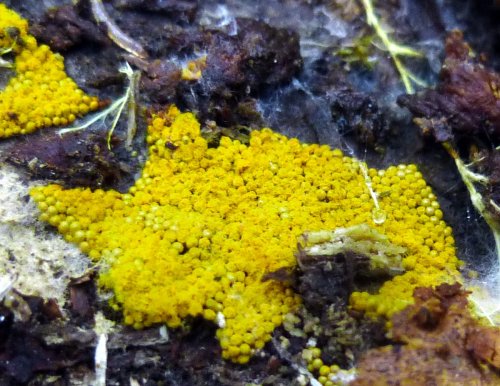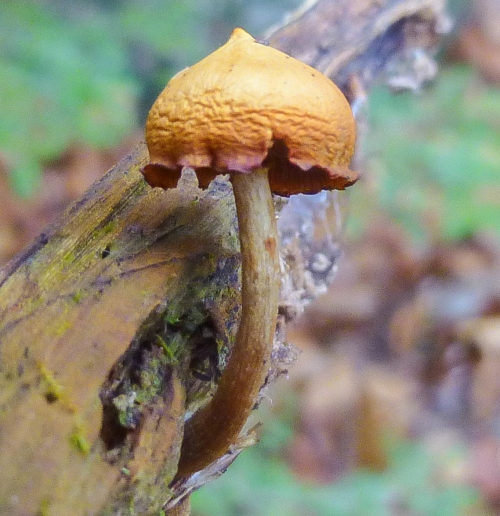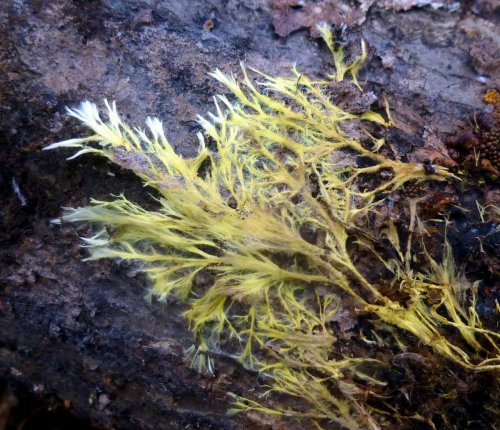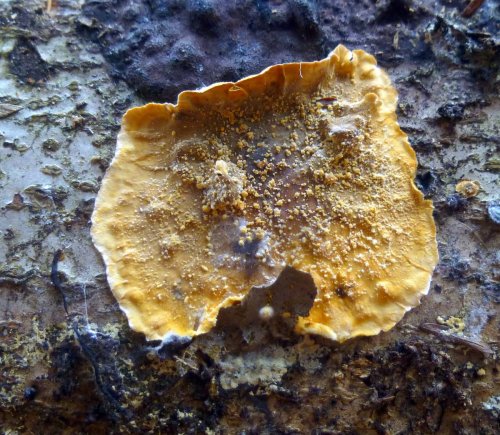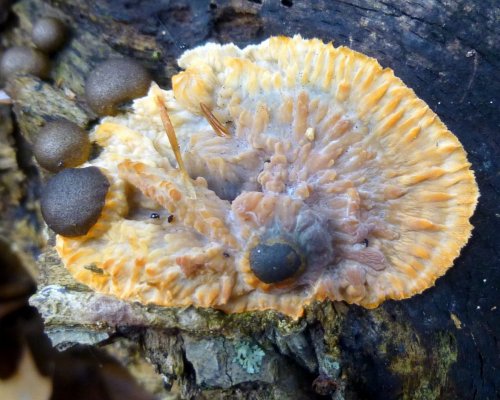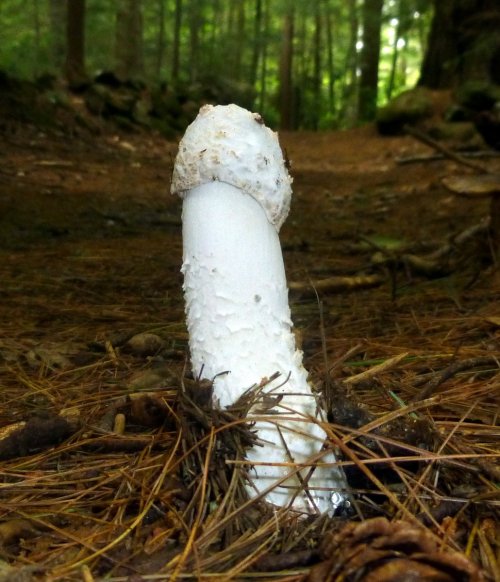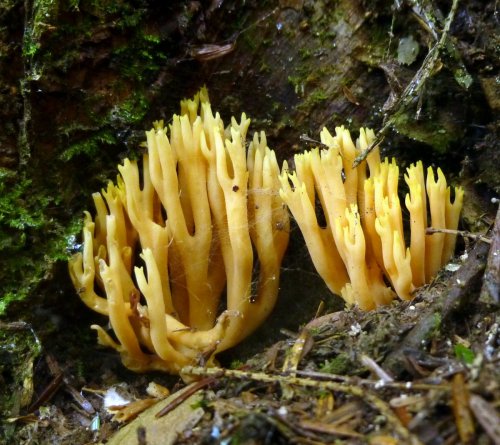As I’ve said recently in previous posts it has been mostly sunny, hot and dry here so far this summer and now a large part of the state is once again in a moderate drought, for about the third year in a row. Small streams and wetlands are again drying up so last Saturday I decided to go and see how Beaver Brook in Keene was faring. I hadn’t done a post about the place since February so I thought it was time. I like to see the seasonal changes that take place in the various places I visit. It’s how I really get to know the places and the plants that grow in them. The trail through this particular place was once a road north out of Keene, but it was abandoned in the 1970s when a state highway crossed it. Now nature is in the process of reclaiming it.
The first flower I saw blooming on this day was the little lobelia called Indian tobacco (Lobelia inflata.)
This lobelia gets its common name from its inflated seed pods, which are said to resemble the pouches that Native Americans carried their smoking materials in. It’s too early for those but there were plenty of the tiny blue flowers to see.
There is lots of poison ivy here (Toxicodendron radicans,) all along the left side of the old road as you walk up it, so it’s best to wear long pants, hiking boots and socks if you come here. That’s what I always wear anyway and, though I’ve heard you can get a rash just by getting the plant’s oils on your clothes, I’ve walked through knee high poison ivy plants hundreds of times with no ill effects. I tend to be somewhat immune to it though; if I get it on my hand it stays there and doesn’t spread.
Just in case you do start to itch, jewelweed (Impatiens capensis) grows along the right side of the road. If you crush the stems of jewelweed and rub the sap on poison ivy blisters it will stop the itch. It doesn’t cure the rash but it stops the itch as well as calamine lotion does. There are people out there who don’t believe this is true but I’ve used it many times and it works, so I’ll continue using it and the non-believers can scratch. With plants being used even in cancer and HIV treatments I’m not sure why some people have a hard time believing that a plant can stop a simple itch, but they do.
I was shocked to see that a huge portion of ledge had fallen; shocked because I used to kneel right where the stone pile is to get photos of the helleborine orchids that grew there. The stone is white (actually sort of pink) because it is feldspar, and the biggest piece lying at an angle behind the plants is as long as a car. It’s always risky to walk near ledges and this is why. Ledges line almost the entire road and so many years of water seeping between the layers of rock and freezing in winter has cracked them badly, so none of it is stable; it’s all very loose. The city should come in with an excavator and peel away all the loose stone but they don’t even cut brush correctly here, so I know that isn’t going to happen. I’ll be staying well back from the ledges from now on.
The reason the ledges are here at all is because this road was hacked out of the stone of the hillside back in the 1700s. This photo shows a hole in the feldspar made by a star drill. A star drill is a pointed, five sided, two foot long piece of steel. You can tell a star drill was used because you can see the star, as it shows in this photo. To use it one man holds the drill while another strikes it with a sledge hammer. After each hammer blow the drill is turned a quarter turn and then the hammer falls again and again the drill is turned, and so on until a hole is made. Once you have a hole you fill it with black powder, insert and light a fuse, and run as fast as you can. At least, that’s what you do if you happen to live in the 1700s. Feldspar is a softer stone but it was still a tremendous amount of work. After all, someone had to clean up all that blasted stone.
Stone isn’t the only thing falling here. Trees fall regularly and many get hung up on the electric lines that still run alongside the road.
In some places the ledges pull back away from the road as you can see there on the left, but in many places the ledges come right up to the road. You can also see how the trees lean over the electric wires on the right. It’s all about light and plants lean towards the light to get more of it, so this will never stop happening no matter how many trees fall or how many are cut. The hole in the canopy that lets in light is over the road.
The double yellow no passing lines still run down the center of the road even though there hasn’t been a car here for nearly 50 years.
The old guard posts still line the road but they are slowly rotting away.
I met an old timer up here once who told me that he had seen Beaver Brook flood badly enough to come up over the road and I believe it, because you can see where it’s eating away at the edge of the road all along it. This old concrete culvert finally gave up and slid into the brook. You can also see the size of the boulders that the brook tosses around like pebbles when it rages. And it does rage; I’ve seen it roaring and angry enough to make me leave this place, but normally it just giggles and chuckles along beside you as you walk along.
On this day though, there was little chuckling and giggling to be heard, because the brook had all but dried up to a gurgle. I could walk from bank to bank in this spot without getting my feet wet, and that’s something I’ve never been able to do before. In a normal year I would have been in serious trouble if I had tried to stand in this spot, though it’s actually getting hard to remember what a normal year was like. It seems we’ve had extreme weather take over our thoughts for the past few years.
It’s time to say goodbye to thimbleweed (Anemone virginiana) for another year. The seed head will grow on for a while longer and then the seeds will fall.
Purple trillium (Trillium erectum) was also busy making seeds. Trilliums are all about the number three and multiples of it, so the seed chamber has six parts. The fleshy seeds are prized by ants because they have a sweet, pulpy coating that they eat, so many of the trilliums we see have most likely been planted by ants. It takes about five years for a trillium to go from seed to flower.
Oyster mushrooms (Pleurotus ostreatus) grew on the end of a log. Though they look like bracket fungi oyster mushrooms have off center stems that attach to the log they grow on. Mushrooms are often eaten by tiny worms called nematodes that live on plant and fungal tissue, but not oyster mushrooms. Scientists discovered in 1986 that oyster mushrooms “exude extracellular toxins that stun worms, whereupon the mycelium enters its body through orifices.” What this means is that oyster mushrooms are actually carnivorous. They also consume bacteria in order to get nitrogen and protein. These examples looked like they had slug damage, so the mushroom apparently hasn’t evolved a defense against them.
I saw the most colorful tinder fungus (Fomes fomentarius) that I’ve ever seen. It had bands of purple and orange and red and that’s unusual, because they’re normally gray, brown, and sometimes a little cream colored. I’ve also seen these tough, woody fungi with squirrel teeth marks all over them in the past but I didn’t see any on this example. I think the squirrels are after the algae that grow on the fungus. They do the same thing with certain lichens. I can’t explain the colors; it’s something I’ve never seen in person or in books.
I saw a very dark colored toad that looked black in person but looks dark green in the photo. It looks like it has somehow lost most of its left front foot. Or maybe it was making a fist. It seemed to hop just fine.
I made the treacherous climb down the steep gravel embankment that leads to Beaver Brook Falls and found what I expected; barely a trickle. The water usually falls with a roar heard from quite far away but on this day there was a little splashing going on that hardly echoed off the stone walls of the canyon. I’ve never seen the falls with so little water coming over them.
This is what the falls normally look like and they probably look much like this right now, because since I went there last weekend it hasn’t stopped raining. We’ve had rain and storms every day since, totaling up to about 4 inches of rain here. We’ve even had flash flood warnings, so I suppose we need to be careful what we wish for in this age of weather extremes. From drought to flood in one post.
The air is impressively warm and close, as thick as honey. ~Lucy Foley
Thanks for stopping in.


































